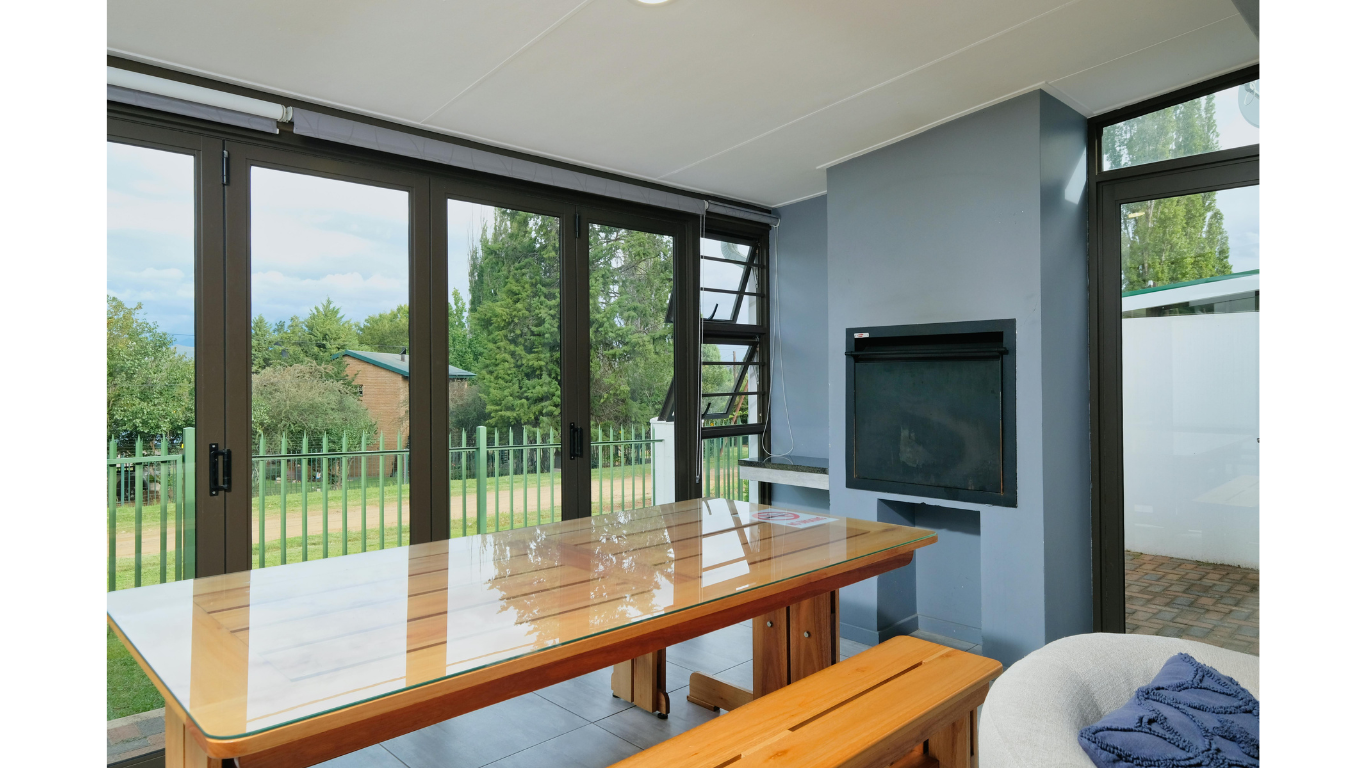Big home improvements often require a significant financial investment. Whether you’re looking to remodel your kitchen, install a new roof, or expand your living space, understanding financing options can make all the difference. This article outlines various strategies to fund large-scale home improvements while ensuring that homeowners can achieve their desired renovations without compromising their financial stability.
Understanding Your Financing Options
Before jumping into a major renovation project, it is crucial to assess the different financing options available to you. Traditional financing routes include home equity loans, personal loans, or a second mortgage. Home equity loans are popular because they allow homeowners to borrow against the equity in their home, often with lower interest rates compared to personal loans.
Alternatively, a second mortgage can provide more substantial funding, but it comes with increased risk as it may impact your home equity. Each of these options has unique advantages and drawbacks, so consider what aligns best with your current financial situation before moving forward. Be aware that interest rates can drastically affect total repayment costs.
Utilizing Government Grants and Loans
Local and federal government programs can provide substantial financial help for large-scale home improvements. Many states offer grants aimed at boosting energy efficiency, enabling homeowners to invest in solar panels or modern heating and cooling systems.
Take the time to research available programs in your area and determine your eligibility. You may discover financial assistance designed specifically for households with limited income, or programs aimed at improving property values in urban areas. Understanding regional specificities can help you make informed decisions.
Home Improvement Financing through Credit Cards
Using credit cards to finance home improvements may work for some homeowners when managing smaller projects. Many credit card companies offer 0% introductory APR for an initial period, which can provide a no-interest solution for financing. It’s vital to ensure repayment before the promotional period ends to avoid incurring high interest charges. Using credit cards can offer rewards points, which can further help subsidize your renovation costs.
Nevertheless, this method carries risks, particularly if expenses spiral out of control or if you cannot pay off the balance timely. Carefully plan and budget your entire renovation project to avoid the pitfall of accruing debt beyond your means.
Leveraging Contractor Financing Options
Some contractors provide financing options directly to clients, allowing for tailored payment plans that suit your individual needs. When hiring contractors, ask about the potential financing solutions they offer. Some may allow deferred payment options or facilitate connections to lending institutions that specialize in home renovation loans.
Contractor financing can often lead to more favorable terms, as professionals negotiate better deals with lenders. It remains crucial to read the fine print to understand the total repayment obligation and ensure no hidden fees exist. Many roof experts may offer financing assistance along with their services, which can simplify your project for larger jobs such as roofing repairs or replacements. By exploring these financing opportunities, homeowners can manage expenses more efficiently and proceed with essential home improvements.

Personal Savings and Budgeting
Using personal savings is one of the most straightforward methods for financing home improvements. A well-documented budget will guide you, ensuring that you allocate funds wisely and prioritize projects that provide the highest return on investment (ROI). Maintaining an emergency fund can provide a safety net, allowing you to navigate any unplanned expenses that may arise during renovation.
In some situations, homeowners might find it beneficial to postpone certain projects until they can save enough money for the entire cost. This approach minimizes financial risk and fosters a sense of ownership over the upgrade process. When working with contractors, ensure that you receive detailed estimates, so you know exactly what each component of the project will cost.
Choosing the Right Project Timing
Timing your home improvements can influence your financing needs. If you wait for off-peak seasons, you might enjoy lower rates and have more negotiating power with contractors. During busy seasons, many companies may hike project costs, pushing budgets significantly higher.
Consider tax implications based on the timing of your project. Some renovations may qualify for tax breaks or credits that can lessen your financial burden. By researching these details, you could maximize your budget and gain additional benefits.
Navigating the various financial strategies available for large-scale home improvements requires careful consideration and planning. From traditional loans to government grants and personal savings, each option offers unique advantages and pitfalls. Understanding your choices, consulting with financial experts, and actively budgeting can guide your decisions.
Articles received via email






























